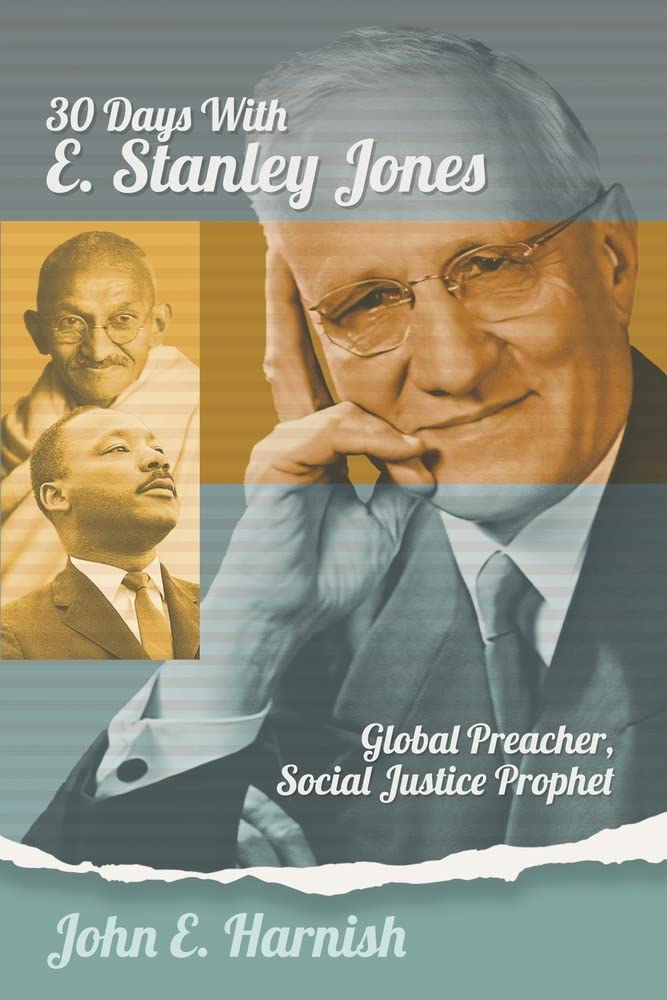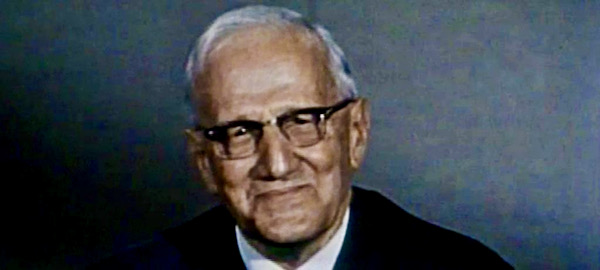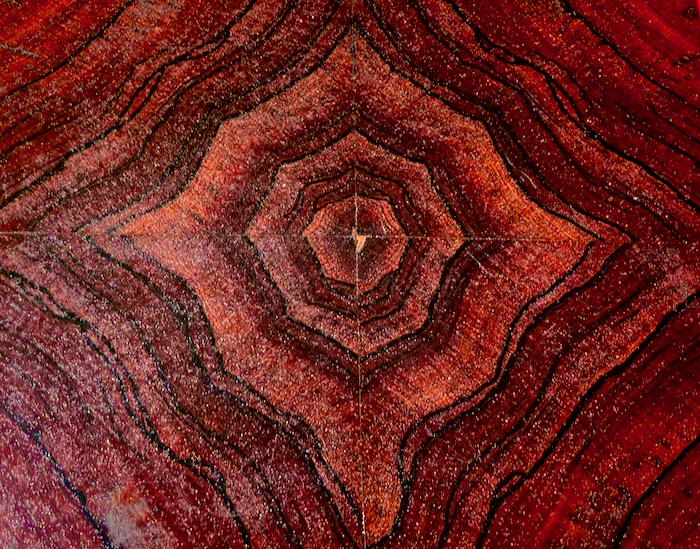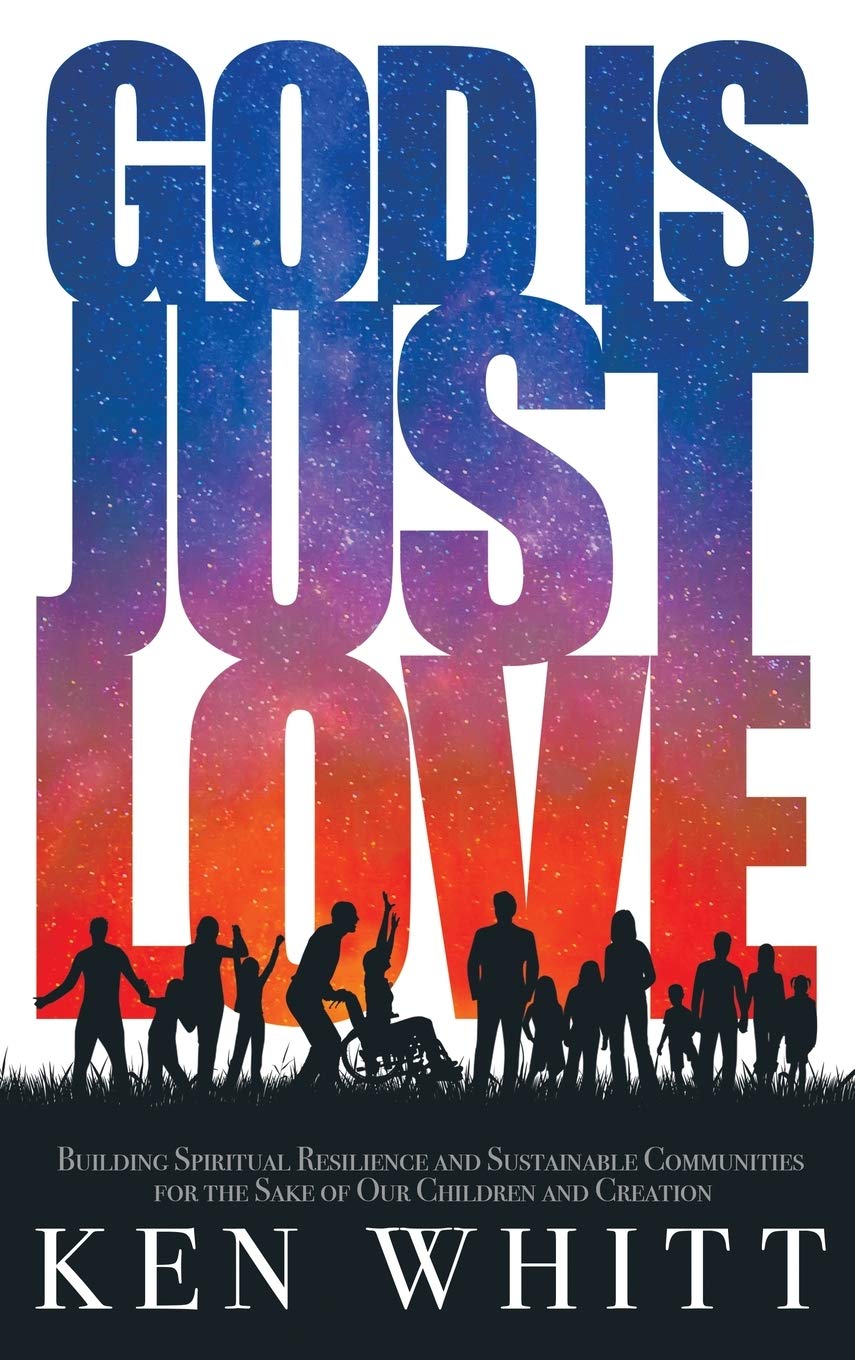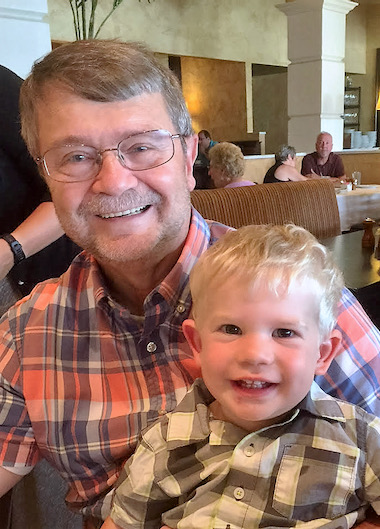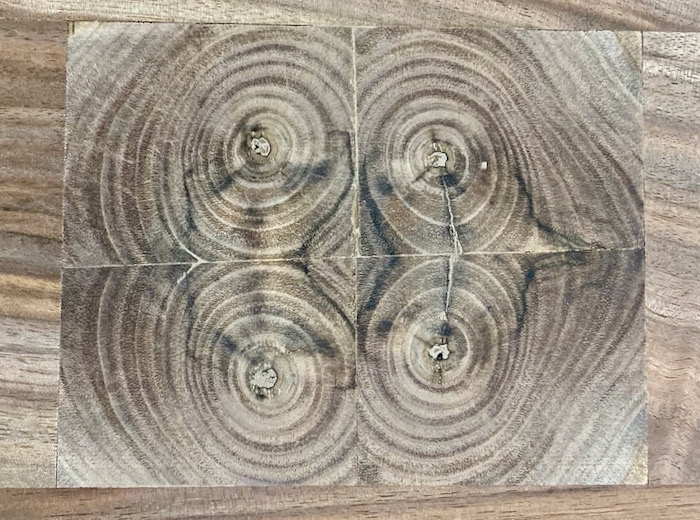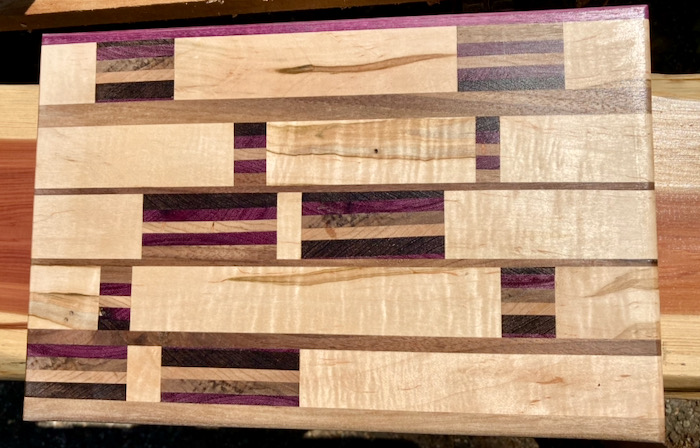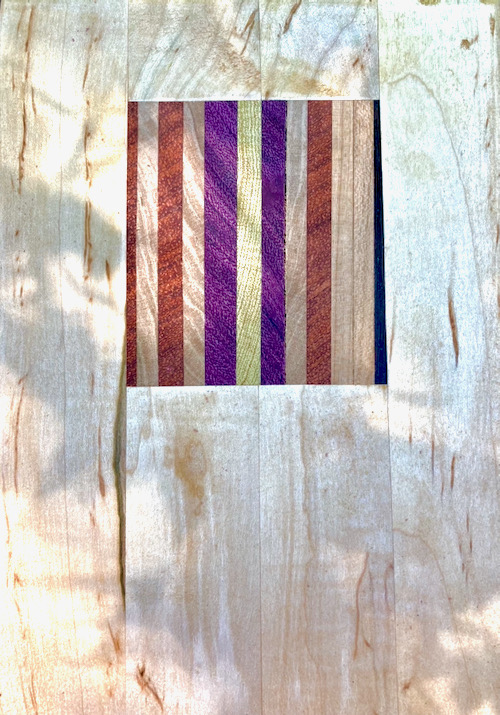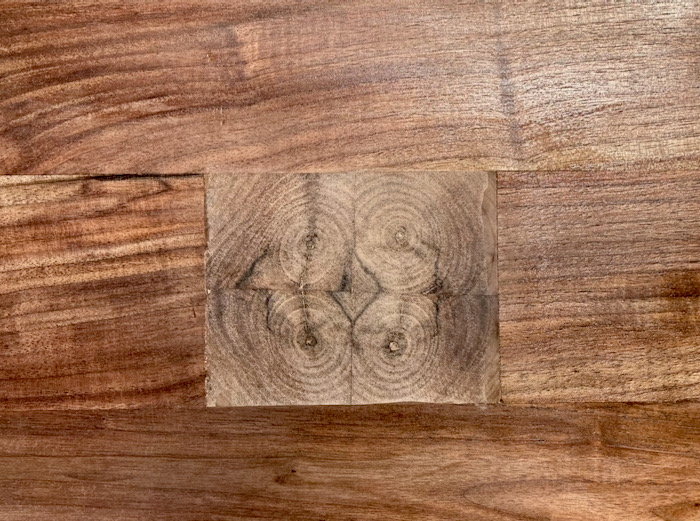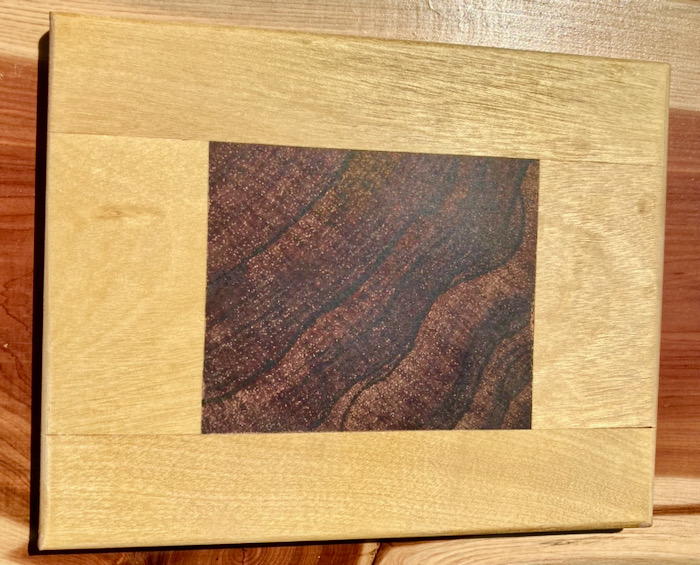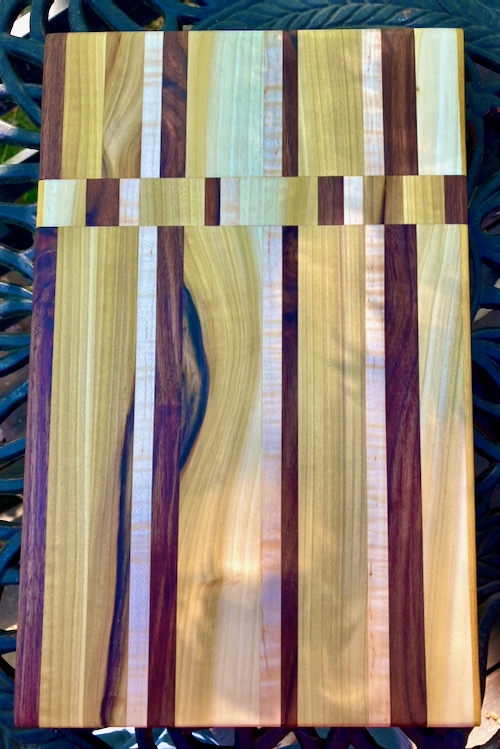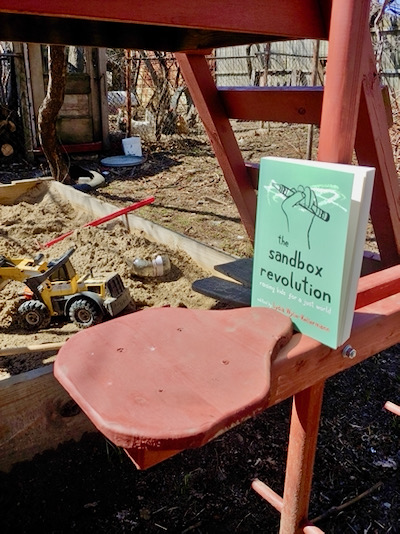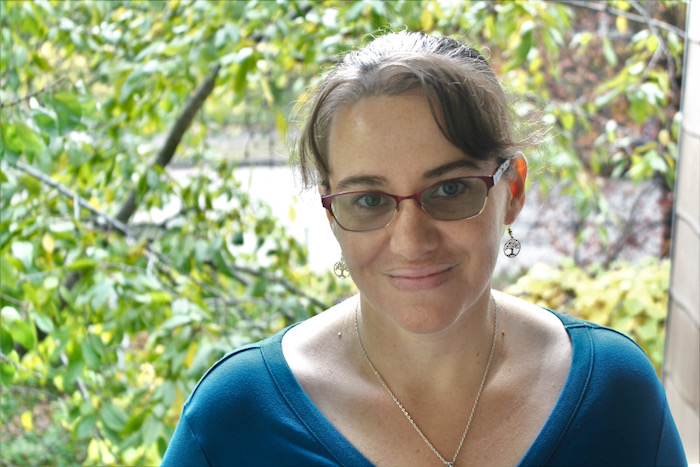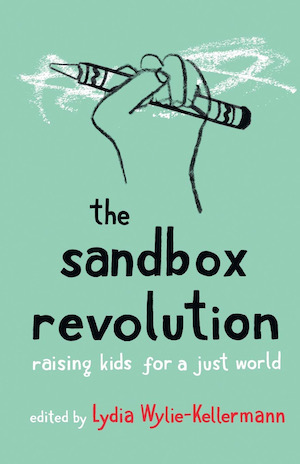
E. Stanley Jones arrived in India in 1907 and made friends with many other religious leaders and social justice activists including Gandhi and the Nehru family. In this photo from the early 1920s, Jones (with a stole over his shoulders in the front row) posed with a wide diversity of religious teachers.
.
He felt obliged to see himself as having responsibility for the whole world, for as he saw it, that is precisely what a Christian is supposed to do.
From the introduction to 30 Days With E. Stanley Jones, by John E. Harnish
.
By KEN WHITT
Author of God Is Just Love
I was familiar with the name, E. Stanley Jones, but I certainly did not know him, his story—not even his message. Yet two things happened when I found out that we were going to go to church that Sunday evening to hear him preach.
First, I called my parents, fulfilling my promise to them that they would hear from me each and every Sunday afternoon while I was traveling in Mexico. It was December, 1970. I casually mentioned our plans for the evening. Dad, usually quite reserved, burst forth with excitement and a couple of stories of Jones’ influence on his life and ministry—plus no shortage of envy that I would soon be face to face with one of his spiritual heroes.
Second, Alberto, a couple of years younger than me, burst forth with similar excitement when informing me of our plans to meet up with Dr. Jones at church that evening. What I remember best about Alberto was that he was, in his conservative Baptist family, a kind of rebel. He did not like church. But, he loved his beautiful Roman Catholic girlfriend, barely tolerated by the rest of the family. And he knew a lot about E. Stanley Jones.
Jones, Alberto informed me, was not a typical Christian. He respected religious diversity—thus would have blessed Alberto and his finance. He also preached on justice—thus affirming Alberto’s liberal political views, opposed in his family and their church.
Alberto specifically informed me that one of the many books written by E. Stanley Jones was credited by Martin Luther King Jr. with convincing him to use nonviolent resistance to fight the evils of racism in the United States.
My hopes soared for our evening of spiritual encounter with one of the greatest missionaries and preachers and prophets of the 20th century.
The next thing I remember about that Sunday evening in December in Mexico City is that a thin and tottering old man was pretty much carried to the pulpit by an usher.
Geez! He was so weak! Could this feeble preacher possibly stand up to our high expectations?
His voice also was weak, though from my point of view, plenty clear because he was speaking in English.
After the service, we shook hands and spoke for about a minute.
That was—oh my gosh—51 years ago. I am 72 now and Jones died in 1973. The one thing I will never forget is that E. Stanley Jones told me that I too am a citizen of the world. After all, I was speaking to him in Mexico—two Americans abroad.
I had felt a similar global tugging at my heart. Among many other possible choices to fulfill my degree requirements at Alderson Broaddus University in West Virginia, I had chosen to plan an international project in Mexico. I traveled alone across beautiful and somewhat fearsome regions, experienced my own version of a great train robbery (I was cross-examined as a possible conspirator), stared in awe over the Copper Canyon, took four weeks of Spanish lesson in Saltillo, rode horses through desert canyons—and unexpectedly met E. Stanley Jones.
Now, I have been a pastor for the better part of half a century. I have participated in or led 16 mission trips in Eastern Europe and Central America, preached and taught in Spanish many times, and learned along the way what an incredible blessing it is to know that I am a citizen of the world.
Thank you, Dr. Jones, for being where I needed you to be at just the right time so that our lives could touch. Thank God you were a citizen of the world, a respecter of all of God’s children and a passionate prophet for justice and peace.
.
Care to Learn More?
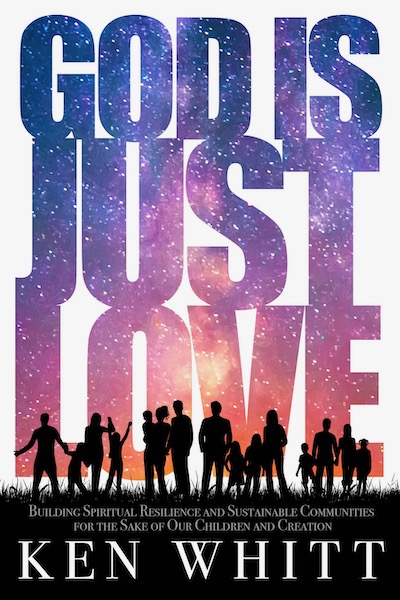 Ken Whitt’s book God Is Just Love explores the theme of this column in much greater depth. What does it mean to be a loving citizen of the world today? How can people of faith foster love and resilience in our children while building sustainable, diverse communities? Through wisdom he has gleaned from scientists, scholars and lots of real families, Ken shows how God’s love is a hopeful compass in our lives. He encourages enjoying stories, songs and explorations of the natural world with children, and closes with “100 Things Families Can Do To Find Hope and Be Love.”
Ken Whitt’s book God Is Just Love explores the theme of this column in much greater depth. What does it mean to be a loving citizen of the world today? How can people of faith foster love and resilience in our children while building sustainable, diverse communities? Through wisdom he has gleaned from scientists, scholars and lots of real families, Ken shows how God’s love is a hopeful compass in our lives. He encourages enjoying stories, songs and explorations of the natural world with children, and closes with “100 Things Families Can Do To Find Hope and Be Love.”
You’ll also find lots of stories, columns and videos at the homepage for Ken’s ministry group: Traces of God Ministries. While you’re visiting that website, please sign up for Ken’s free email updates, which contain inspiring reflections, columns and updates that Ken shares with his readers.
And please learn more about E. Stanley Jones by ordering a copy of 30 Days With E. Stanley Jones through Amazon right now.
